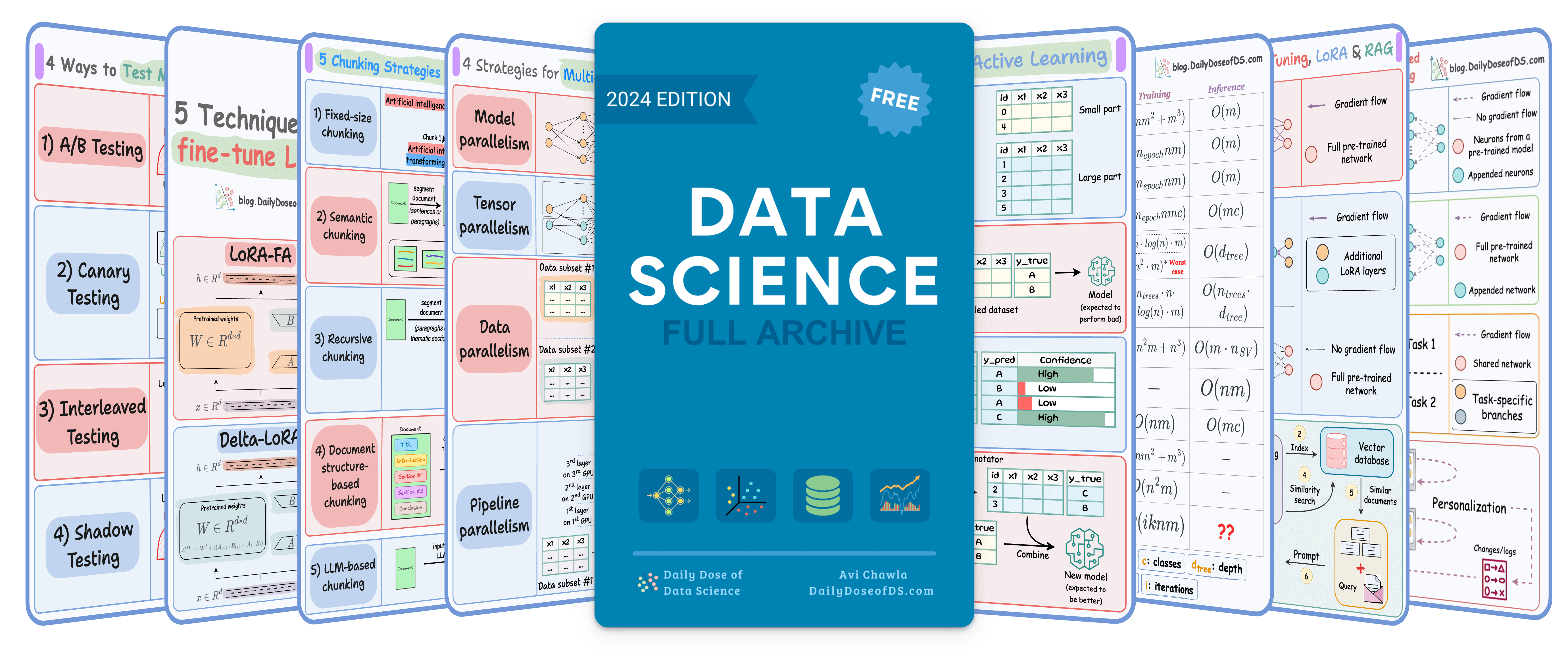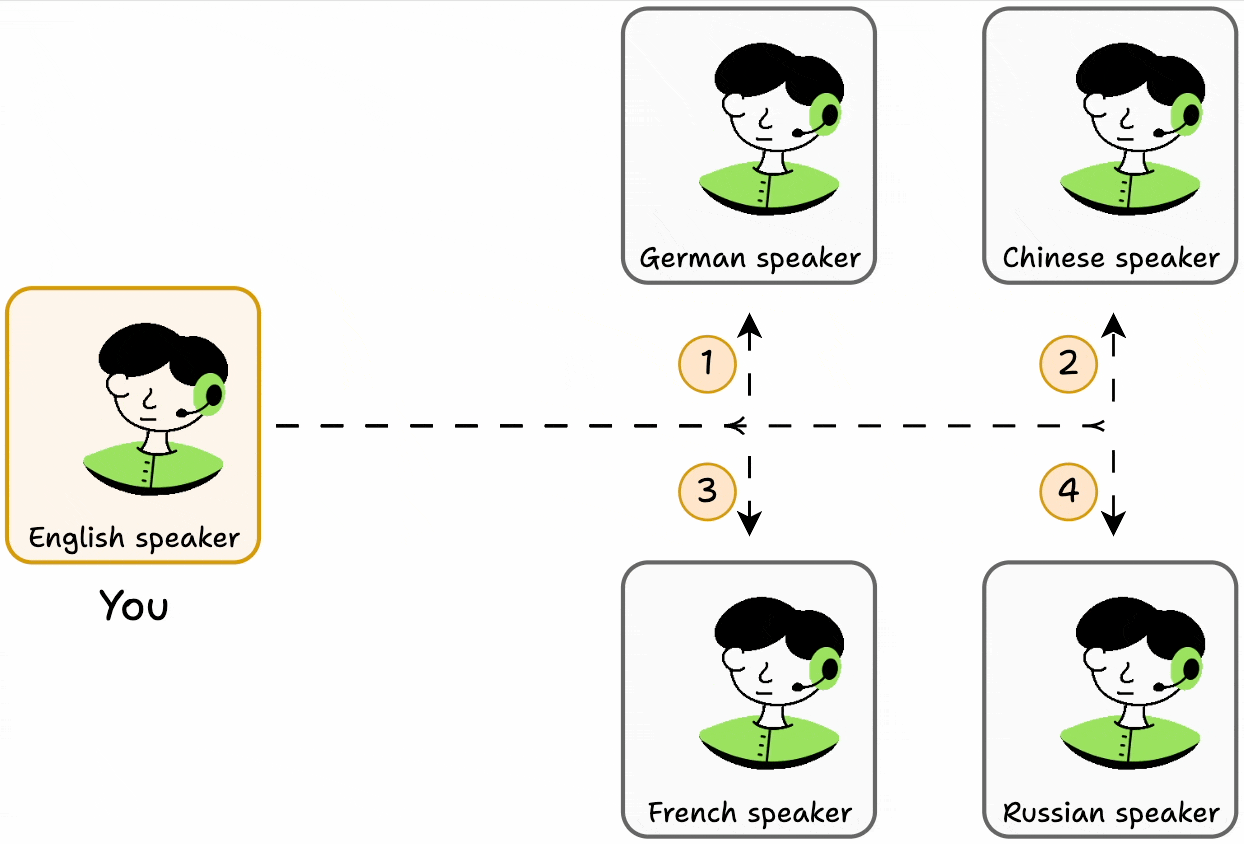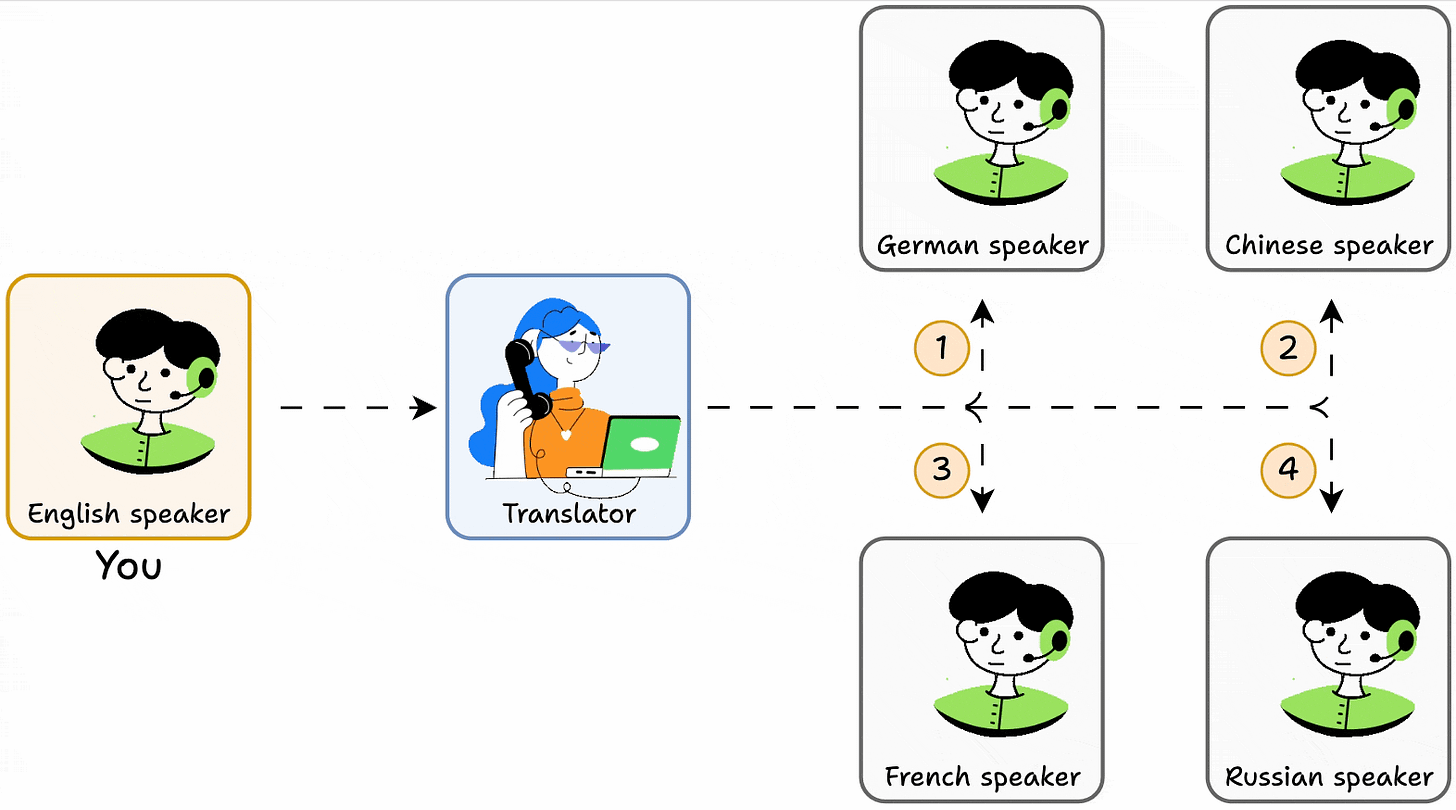

TODAY'S ISSUE
TODAY’S DAILY DOSE OF DATA SCIENCE
NumPy Cheat Sheet for Data Scientists
Here’s a NumPy cheat sheet that depicts the 40 most commonly used methods from NumPy:
In our experience, you will use these methods 95% of the time working with NumPy.
Whenever you are trying to learn a new library, mastering/practicing each and every method is not necessary.
Instead, put Pareto’s principle to work—20% of your inputs contribute towards generating 80% of your outputs.
👉 Over to you: Have I missed any commonly used methods?
IN CASE YOU MISSED IT
Graph Neural Networks
- Google Maps uses graph ML for ETA prediction.
- Pinterest uses graph ML (PingSage) for recommendations.
- Netflix uses graph ML (SemanticGNN) for recommendations.
- Spotify uses graph ML (HGNNs) for audiobook recommendations.
- Uber Eats uses graph ML (a GraphSAGE variant) to suggest dishes, restaurants, etc.
The list could go on since almost every major tech company I know employs graph ML in some capacity.
Becoming proficient in graph ML now seems to be far more critical than traditional deep learning to differentiate your profile and aim for these positions.
A significant proportion of our real-world data often exists (or can be represented) as graphs:
- Entities (nodes) are connected by relationships (edges).
- Connections carry significant meaning, which, if we knew how to model, can lead to much more robust models.
The field of graph neural networks (GNNs) intends to fill this gap by extending deep learning techniques to graph data.
Learn sophisticated graph architectures and how to train them on graph data in this crash course →
In case you missed it
Building an MCP server
Imagine you only know English.
To get info from a person who only knows:

- French, you must learn French.
- German, you must learn German.
- And so on.
Learning even 5 languages will be a nightmare for you!
But what if you add a translator that understands all languages?

- You talk to the translator.
- It infers the info you want.
- It picks the person to talk to.
- It gets you a response.
The translator is like an MCP!
It lets you (Agents) talk to other people (tools) through a single interface.
We recently covered how you can build your MCP servers here →
Here's what we did:
- Understood MCP with a simple analogy.
- Built a local MCP server and interact with it via Cursor IDE.
- Integrated Firecrawl’s MCP server and interacted with its tools.
THAT'S A WRAP
No-Fluff Industry ML resources to
Succeed in DS/ML roles

At the end of the day, all businesses care about impact. That’s it!
- Can you reduce costs?
- Drive revenue?
- Can you scale ML models?
- Predict trends before they happen?
We have discussed several other topics (with implementations) in the past that align with such topics.
Here are some of them:
- Learn sophisticated graph architectures and how to train them on graph data in this crash course.
- So many real-world NLP systems rely on pairwise context scoring. Learn scalable approaches here.
- Run large models on small devices using Quantization techniques.
- Learn how to generate prediction intervals or sets with strong statistical guarantees for increasing trust using Conformal Predictions.
- Learn how to identify causal relationships and answer business questions using causal inference in this crash course.
- Learn how to scale and implement ML model training in this practical guide.
- Learn 5 techniques with implementation to reliably test ML models in production.
- Learn how to build and implement privacy-first ML systems using Federated Learning.
- Learn 6 techniques with implementation to compress ML models.
All these resources will help you cultivate key skills that businesses and companies care about the most.
SPONSOR US
Advertise to 600k+ data professionals
Our newsletter puts your products and services directly in front of an audience that matters — thousands of leaders, senior data scientists, machine learning engineers, data analysts, etc., around the world.






